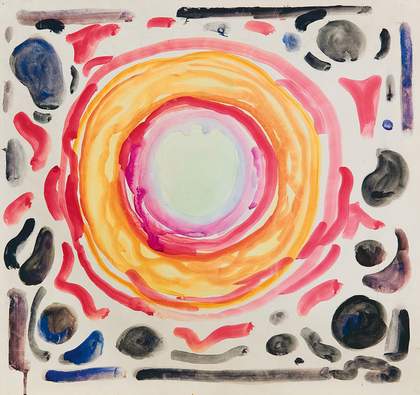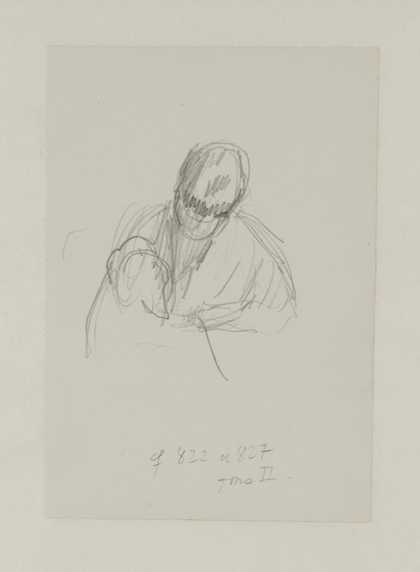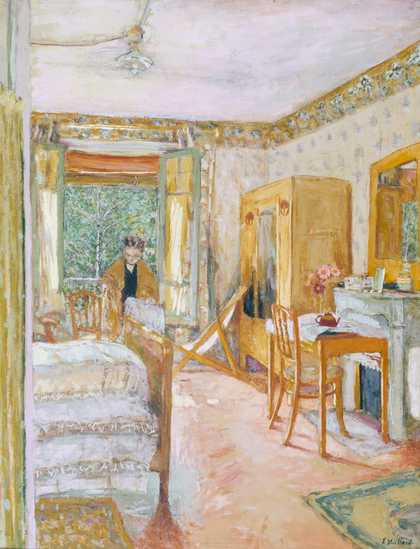Few other modern artists are better known and yet less understood than Norwegian painter Edvard Munch (1863ÔÇô1944). This exhibition examines the artistÔÇÖs work from the 20th century, including sixty paintings, many from the Munch Museum in Oslo, with a rare showing of his work in film and photography.
Munch is often seen as a 19th-century Symbolist painter but this exhibition shows how he engaged with modernity and was inspired by the everyday life outside of his studio such as street scenes and incidents reported in the media ÔÇô including The House is Burning 1925ÔÇô7, a sensational view of a real life event with people fleeing the scene of a burning building.
The show also examines how Munch often repeated a single motif over a long period of time in order to re-work it, as can be seen in the different versions of his most celebrated works, such as The Sick Child 1885ÔÇô1927 and Girls on the Bridge 1902ÔÇô7.╠²
MunchÔÇÖs use of prominent foregrounds and strong diagonals reference the technological developments in cinema and photography at the time. Creating the illusion of figures moving towards the spectator, this visual trick can be seen in many of MunchÔÇÖs most innovative works such as Workers on their Way Home 1913ÔÇô14. He was also keenly aware of the visual effects brought on by the introduction of electric lighting on theatre stages and used this to create striking effect in works such as The Artist and his Model 1919ÔÇô21.
Like other painters such as Bonnard and Vuillard, Munch adopted photography in the early years of the 20th century and largely focused on self-portraits, which he obsessively repeated. In the 1930s he developed an eye disease and made poignant works which charted the effects of his degenerating sight. 
This film file is broken and is being removed. Sorry for any inconvenience this causes.
TateShots: Edvard Munch
So you think you know Edvard Munch? Think again.
Tate, Tate Members and Tate Foundation all have full charitable status. Tate is an exempt charity under the Charities Act 1993, Tate Members is a Registered Charity number 313021, Tate Foundation is a Registered Charity number 1085314.






